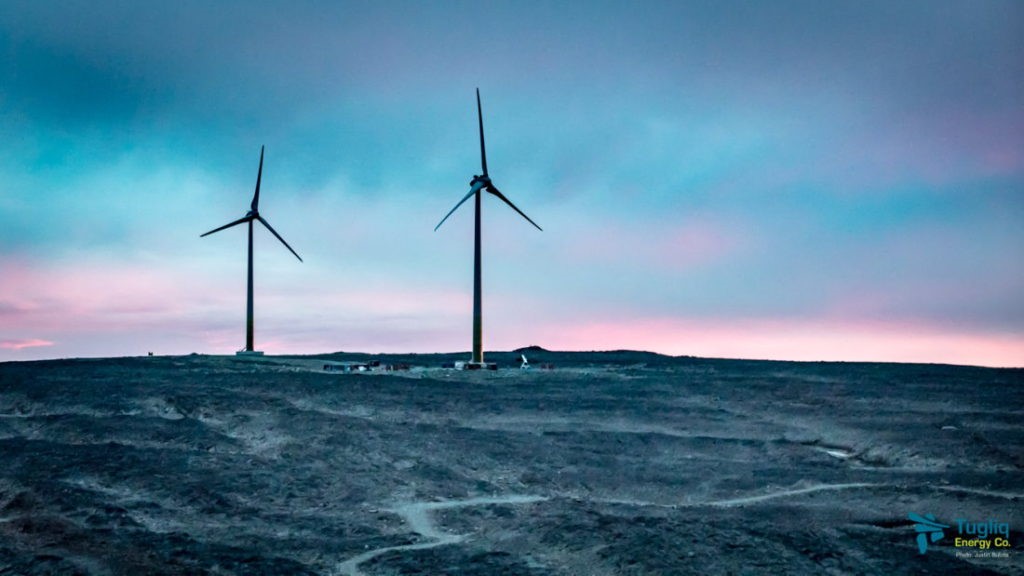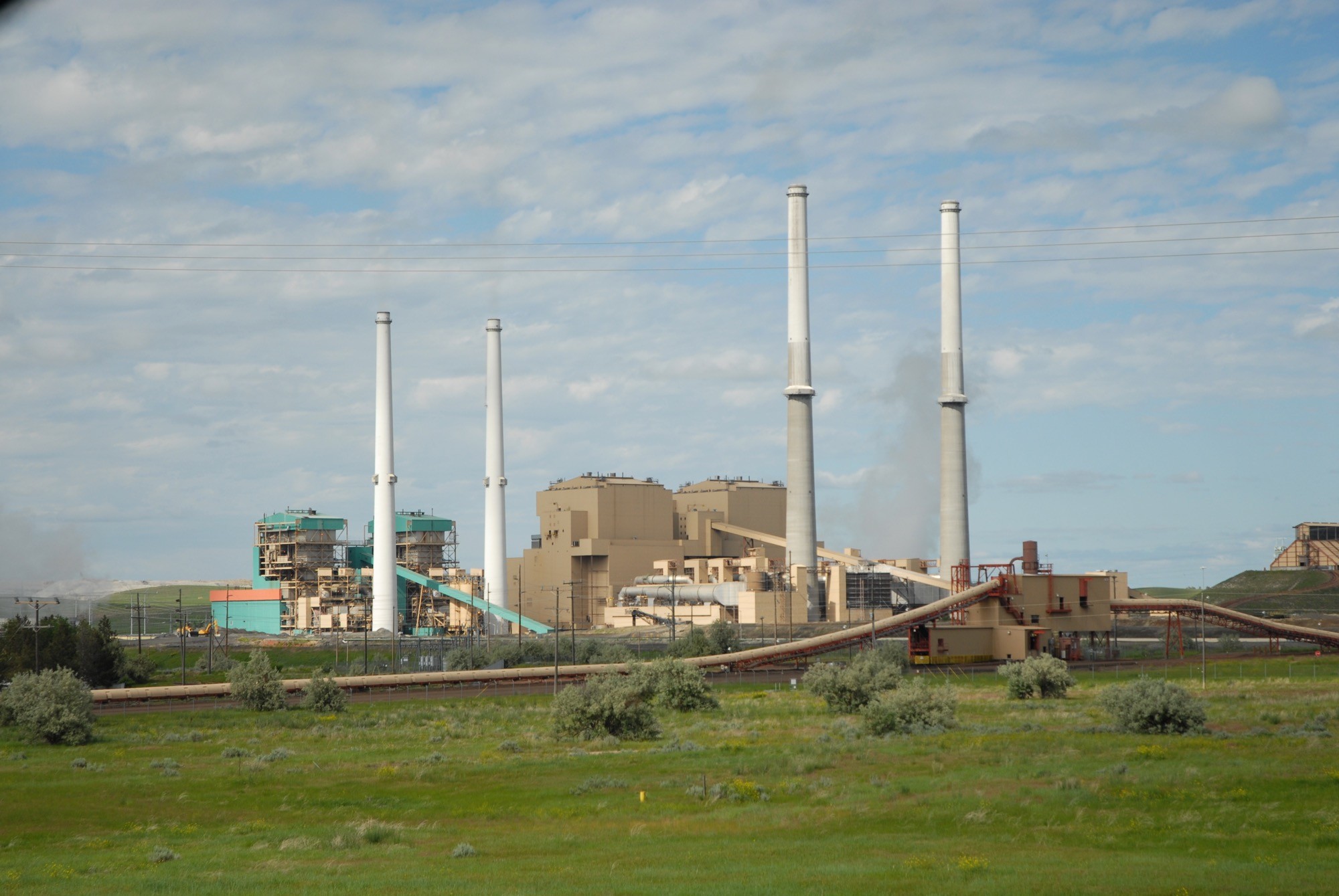Canada announces C$7.1m for new wind turbines at Raglan mine

As part of its climate efforts, the federal government is providing $7.1 million to Tugliq Energy to help fund the installation of two more wind turbines at Glencore‘s remote Raglan nickel mine.
The operation, in the Nunavik region of northern Quebec, already has two 3-MW wind turbines, one constructed in 2014, and the second in 2018. The two turbines currently generate around 10% of mine power, saving over 4 million litres of diesel every year, and reduces emissions by 12,000 tonnes. Two more wind turbines would increase the mine’s renewable energy capacity to 12 MW and its energy storage capacity to 6 MW, and reduce diesel use by 6.6 million litres annually.
Tugliq is currently in the midst of integration studies and technical engineering for the new infrastructure, but it could be ready to begin construction in one year’s time. Construction would take another two years – one year for the foundation, another for installation.
During the announcement, Tugliq Energy president and CEO of Laurent Abbatielo said that the first wind turbine at Raglan was “deemed impossible” by many.
Instead, it “proved to be a great sucess and an example to be followed for the diversification of energy in the Arctic.”
Funding for the project comes from Natural Resources Canada’s eight-year, $220-million Clean Energy for Rural and Remote Communities program.
The federal government has announced a goal of reaching net-zero emissions by 2050, and in December proposed $15 billion in initial investments to meet and beat its emissions targets, noted Paul Lefebvre, Parliamentary Secretary to the Minister of Natural Resources, during the announcement.
“These investments are more important in the mining sector than anywhere else,” Lefebvre said, as so much mining takes place in remote areas away from power infrastructure, and therefore relies on diesel power.
While reducing greenhouse gas emissions has been “a constant objective” at Raglan, Pierre Barrette, vice-president of Raglan mine said it was also a big challenge given the mine’s remoteness.
Government support, he added, was essential to shift the energy balance of the North away from diesel.
“This will not only have a positive effect on greenhouse gas emissions but will also help develop technologies that will help (advance) wind power integration elsewhere in the North and in other communities,” Barrette said.
(This article first appeared in the Canadian Mining Journal)
More News
US excludes steel, aluminum, gold from reciprocal tariffs
The White House said steel and aluminum imports won’t be subject to reciprocal tariffs in a move that will provide at least some relief to domestic buyers already incurring 25% duties.
April 02, 2025 | 05:04 pm
Dirtiest US coal-fired power plant applies for EPA exemption
The Colstrip plant, located in eastern Montana, has the highest emission rate of fine particulate matter out of any coal-burning plant in the nation.
April 02, 2025 | 02:55 pm
{{ commodity.name }}
{{ post.title }}
{{ post.excerpt }}
{{ post.date }}



Comments